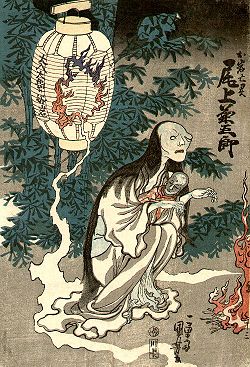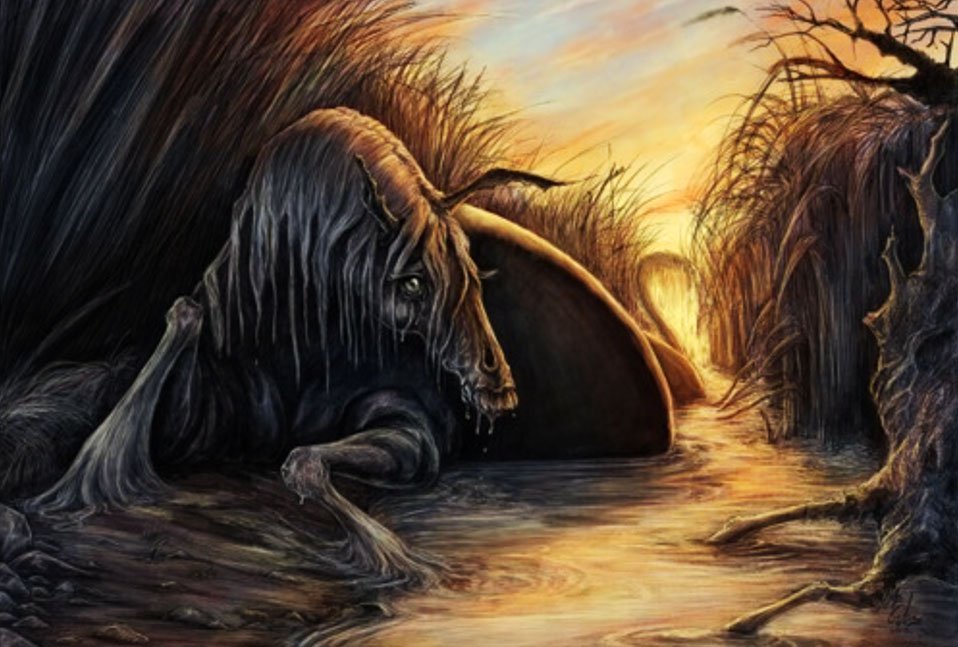
A European rabbit. A new report debunked the long-held scientific tale that rabbits were domesticated in 600 A.D. because a pope declared their fetal meat to be like fish and therefore O.K. to eat during Lent.
Credit
APCOR/DKV
According to longstanding folklore, Pope Gregory the Great gave monks in France permission to consider rabbits-in-utero to be “fish” rather than meat and so elgible to be eaten during Lent. What apparently really happened was that a different Gregory, St. Gregory of Tours, simply described how someone he knew ate rabbit during Lent. But the story got slightly jumbled and the jumbled version lasted for hundreds of years. You can read about what happened here.
Rabbits are featured in folklore around the world. Although the English-speaking world is familiar with the man-in-the-moon, in Asia and among the Aztecs it is a rabbit-in-the-moon who looks down at the earth from the night sky. The rabbit-in-the-moon is there as a reward for an act of charity to a hungry old man. According to the story, a monkey, an otter, a jackal, and a rabbit resolved to practice charity on the day of the full moon, believing a demonstration of great virtue would earn a great reward. When an old man begged for food, the monkey gathered fruits from the trees and the otter collected fish, while the jackal wrongfully pilfered a lizard and a pot of milk-curd. The rabbit, who knew only how to gather grass, instead offered its own body, throwing itself into a fire the man had built. The rabbit, however, was not burnt but rose to the sky with the smoke from the fire. The likeness of the rabbit is still there on the moon for all to see.
In many places, rabbits were symbols of women, femininity, female deities, and female magic which was associated with the lunar cycle, fertility, longevity, and rebirth. Rabbits are also contradictory, paradoxical creatures: symbols of both cleverness and foolishness, of femininity and androgyny, of cowardice and courage, of rampant sexuality and virginal purity. In some lands, Hare is the messenger of the Great Goddess, moving by moonlight between the human world and the realm of the gods; in other lands he is a god himself, wily deceiver and sacred world creator rolled into one.


